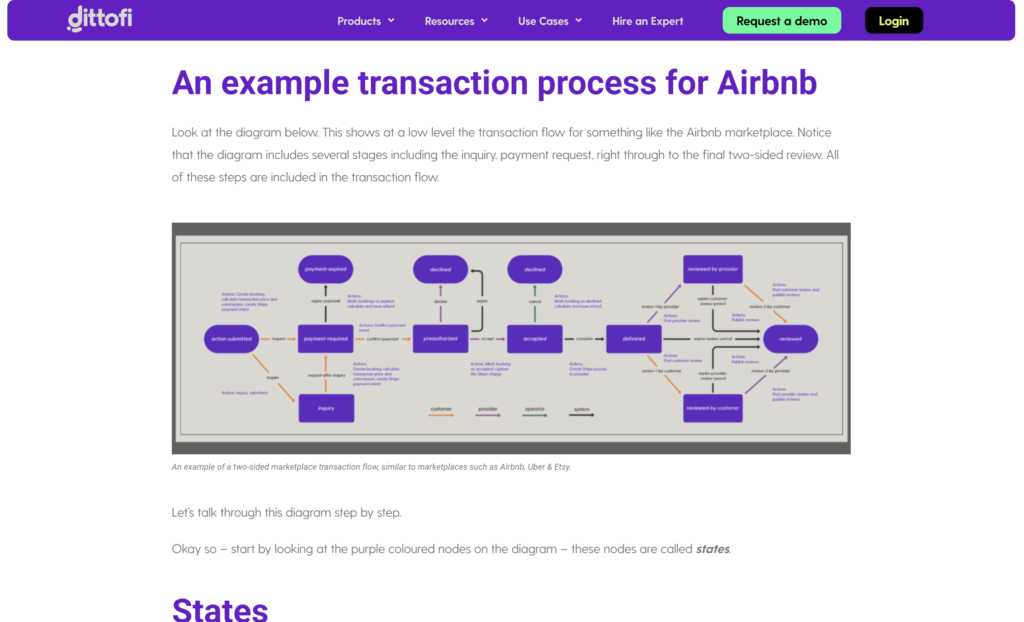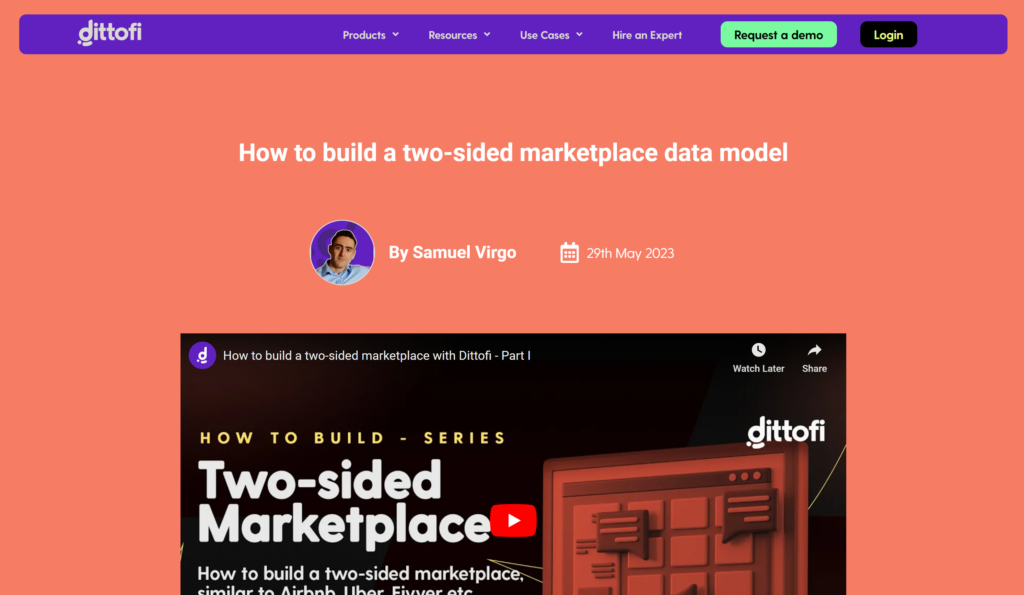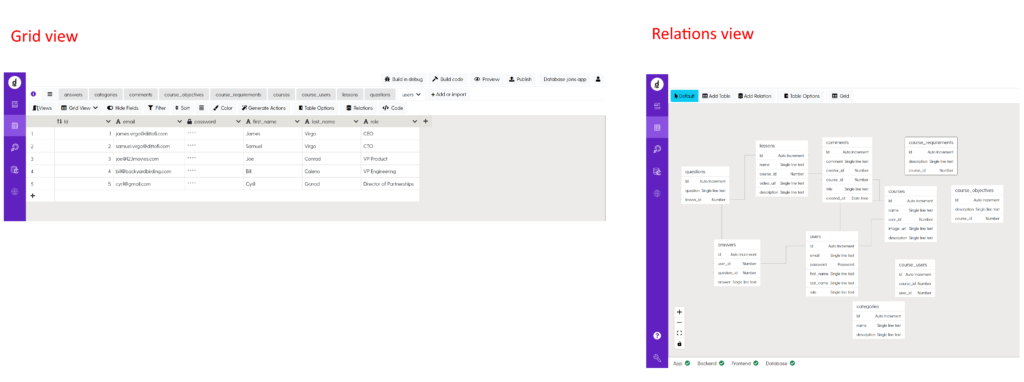Menu
Introduction To Database Model Templates

By James Virgo
14th June 2025
The database design is the foundation of your app. A well designed database will make your application fast, secure & future proof. In contrast, a poorly designed database will make your application slow, unsecure & inflexible.
We’ve now seen over 1000 apps developed on Dittofi. These apps range from basic to complex platforms. During this time, the Dittofi team has become very adept at translating high level product requirements into low level product requirements & then translating these product requirements back into quality database models that are built to scale.
Over the last three months, our Dittofi database engineers have collaborated with our product managers to design a suite of database templates for a range of different types of apps, such as Edtech Apps, Two-Sided Marketplaces Apps, Customer Portal Apps & so on.
Each database model template is entirely customizable & comes with editable SQL code that you can access, modify & hand off to an engineer at any point. This means that you can take our database designs, install them & use them for either inspiration & learning, or to give your app a strong foundation to develop on top of.
Let’s take a look at how you can use Dittofi’s database model templates to build your app.
Step 1. Do the product work
Before starting your app development, we recommend that you read about the key features for type of app that you’re planning to develop. For example, are you building a two-sided marketplace, an edtech app, a social media app? All apps have common features & workflows. Knowing what these are in advance will help you design your product.
Dittofi has produced blog content that covers product design for the following app verticals:
- Customer portal apps
- Edtech apps
- Two-sided marketplace apps
Below is an example of a blog on the two-side marketplace transaction flow. The transaction flow is the central feature of all two-sided marketplace apps.
Find your solution —
Do you need help with your product requirements?
Step 2. Build the data model
Once you understand the product requirements, the next step is to build a data model that maps to your product requirements.
Dittofi has produced video training & blog materials that cover, how to translate your product requirements into one of the following app types:
- Customer portal apps
- Learning management systems
- Two-sided marketplace apps
Below is an example of a video training that covers the two-sided marketplace database schemas. You will be able to the data model templates to for learning, inspiration or as a base for you databases designs.
Find your solution —
Do you want help designing a fast, secure & future proof data model?
Step 3. Install the data model
Once the database is installed, you can view your database structure either in grid form or in the traditional entity relationship diagram.Once you’ve completed steps 1 & 2 above, the next step is to install the data model that you want to use for your app. To do this, (1) head over to the Dittofi Design Studio, (2) from inside a blank app, go to the data model’s page & click “Add Table” & (3) choose the database table that you want to use.
Once the database is installed, you can view your database structure either in grid form or in the traditional entity relationship diagram.
The best step forward from here is to start experimenting by adding your data into your database model template.



